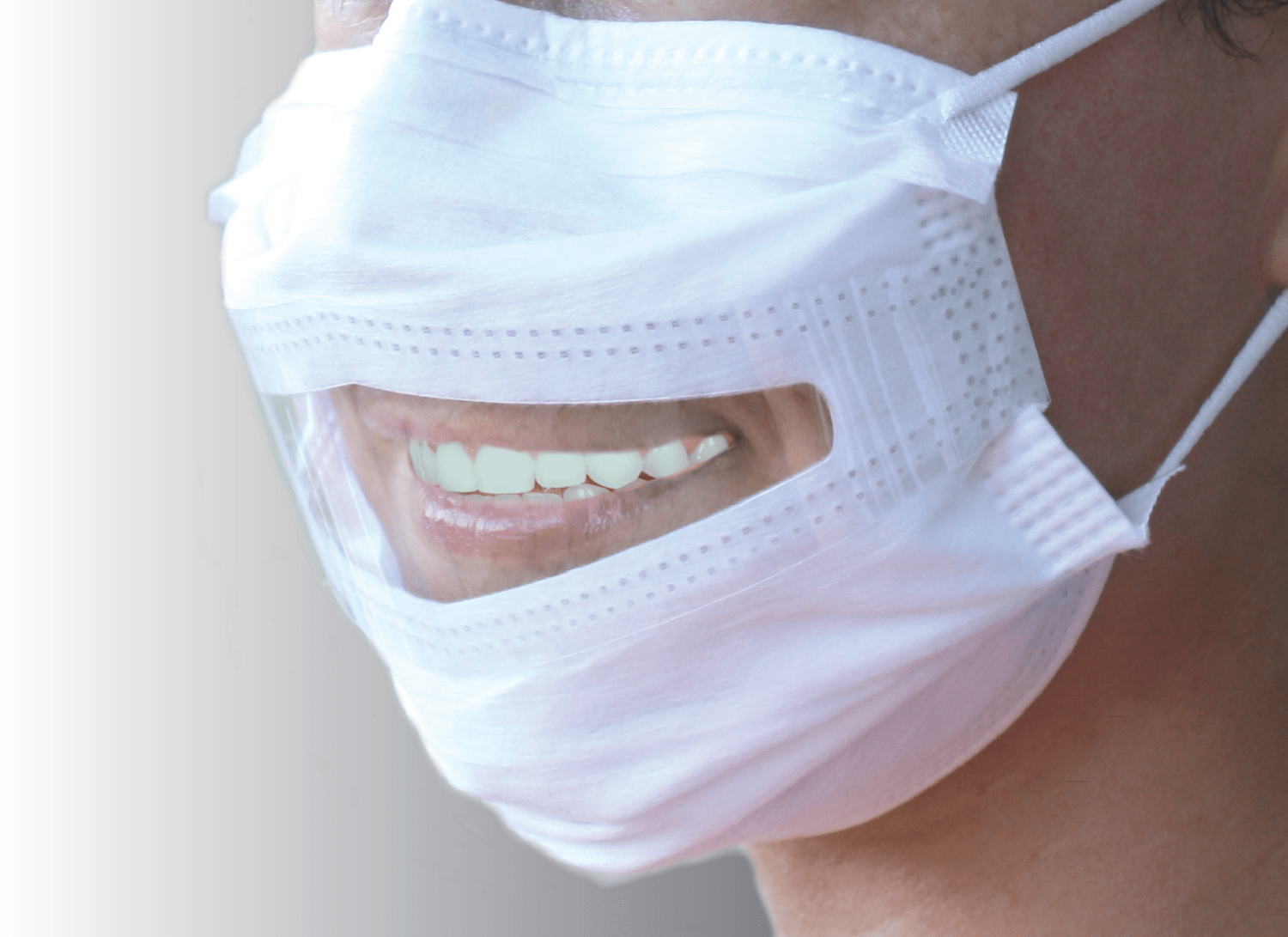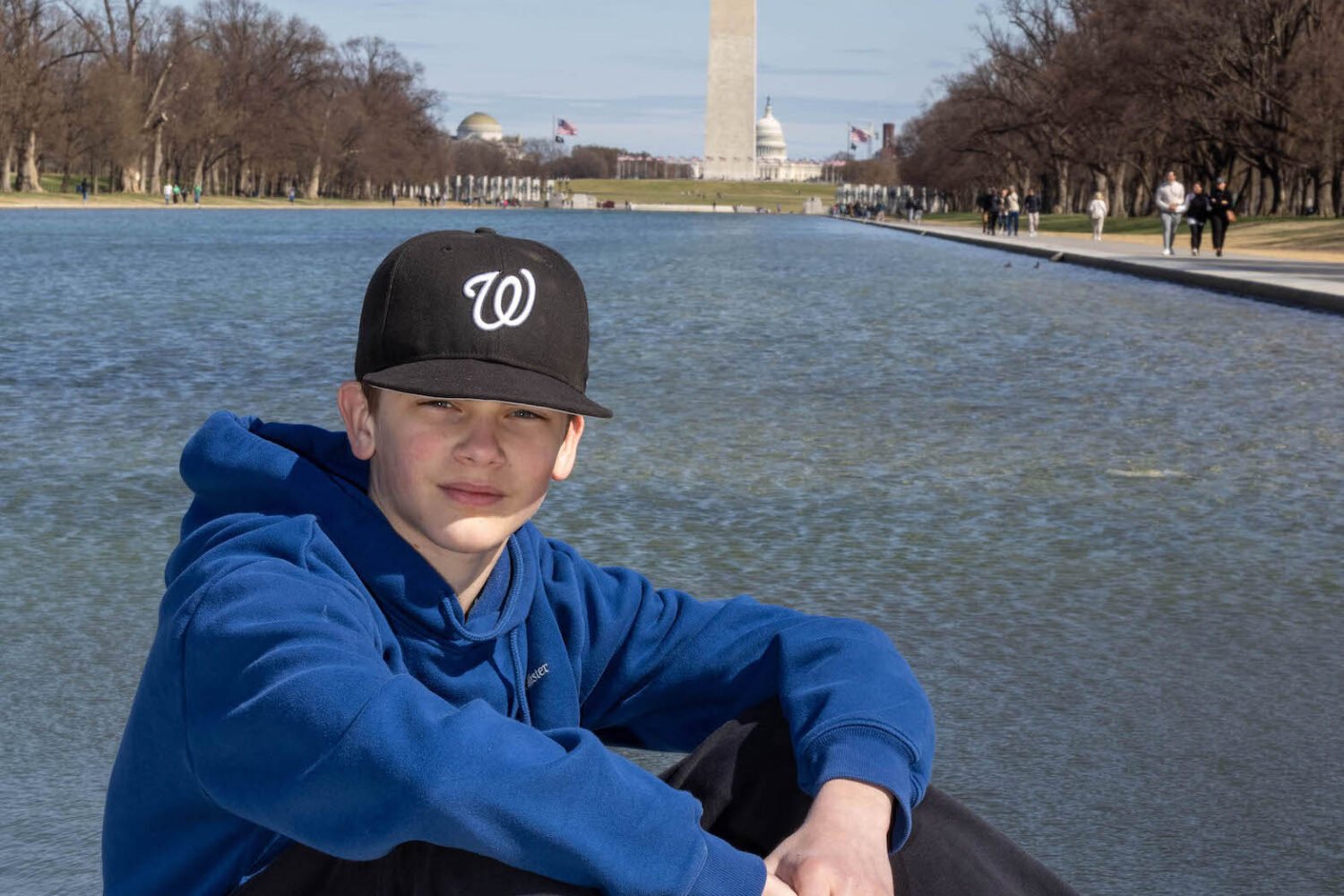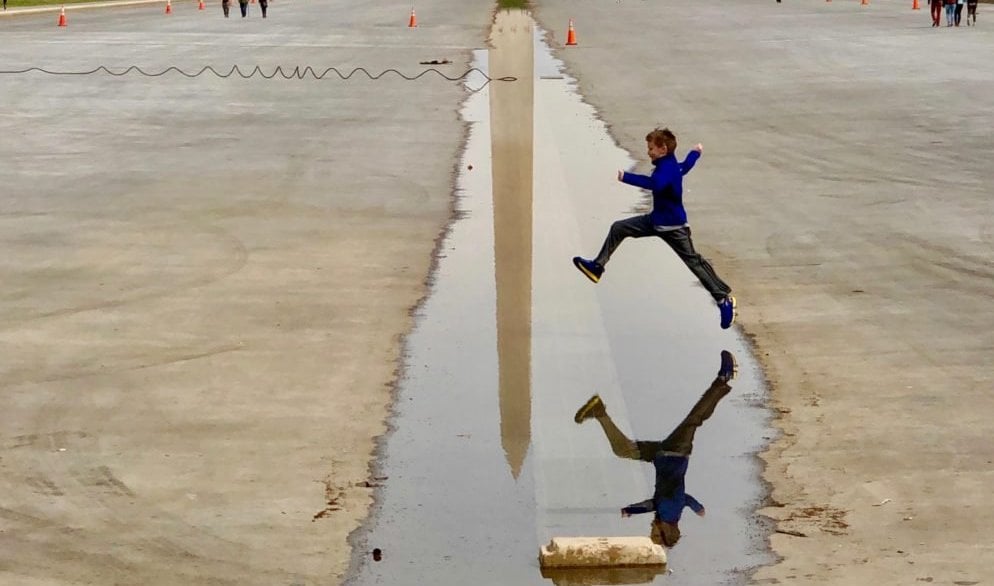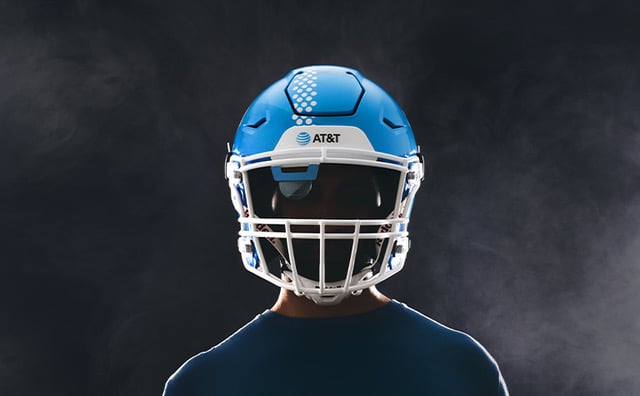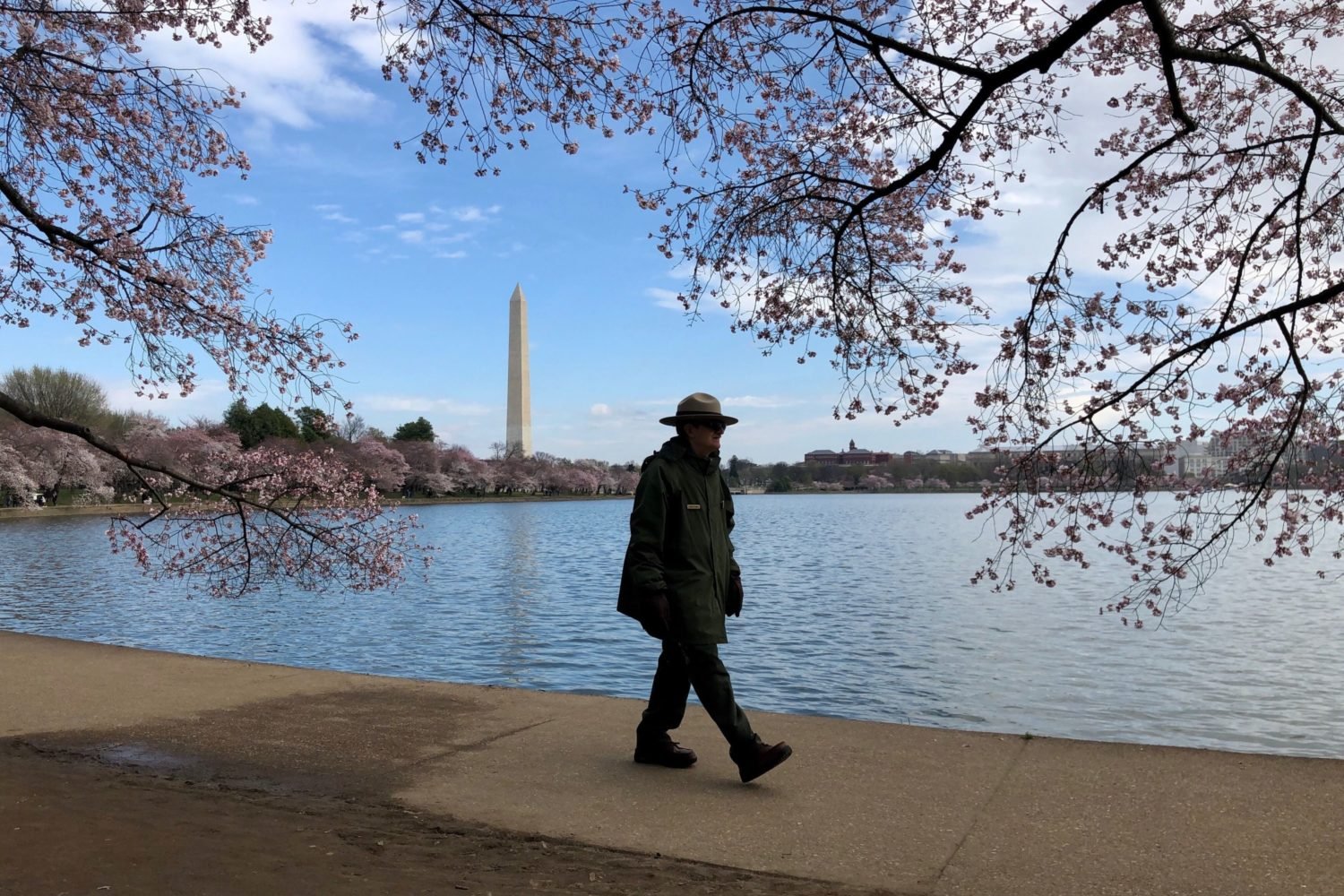About Coronavirus 2020
Washingtonian is keeping you up to date on the coronavirus around DC.
Dr. Julie Hochgesang is a professor in the linguistics department at Gallaudet University. We asked what her experience has been like as a deaf individual during the pandemic.
“[Going to the grocery store] has been difficult but manageable. When I go to the store it’s fine, but I get home afterwards and just feel myself melt. I’ll realize I was hyper-alert and fully “on” the whole time. My head is constantly swiveling. I’m always trying to be aware of my surroundings, and if people are around me and looking at me, I try to ascertain if they were trying to talk with me. If they’re looking at me puzzled, I often point to my ears and then shake my head. I get various reactions to this. People will shake their heads and say “sorry, never mind” or they’ll do their best to gesture what they wanted. I’ve also had a few people remove their masks in order to make their mouths visible to me. I always feel bad when that happens!
“I’m so grateful to have my phone. I use a lot of note apps where I have pre-composed general messages, including one for the cashiers working at the grocery stores that reads “Thank you so much for working and helping the community at this time.” I make sure I stand far enough away while I show the note. For the most part, people are kind and understanding.

“I do wonder how much I miss, though, as I can’t catch everything. Last week, we went to go pick up sushi as takeaway to support our local businesses. We pulled up, and my husband dropped me off so I could go in and get the order. There were some people standing around [in front of the restaurant]. I looked at them, but no one made eye contact. I went in and got my order, then walked outside and there was a woman right there. She looked at me angrily and gestured with her palm up as if she was saying “what are you doing???” I wonder if she said to me earlier that there was a line of people waiting to go in. I don’t know what happened.
“We rely on social cues to read the room and figure out how to behave accordingly. On a normal day, that’s already exhausting for me. With a pandemic, it’s beyond exhausting. I don’t go out much. Today is day 42 of quarantine and I’ve been out to the store or restaurant less than ten times. Instead, I stick with the people I know who I can communicate with the best.
“I’m super worried about what will happen if I have to go to the hospital. [Getting medical treatment] was already bad enough before the pandemic. Deaf people often get neglected in medical settings, and we struggle to get basic communication access. When medical professionals are running about trying to solve this and that, they hardly take the time to sit and actually look at you. It’s going to be even worse now. In the past, I knew I could at least bring a family member or friend with me to help with communication or advocacy. But these days with serious visiting limits, that will not be possible. And I know that the isolation will be even worse for deaf people, because they can’t access the spoken language that’s being produced around them; that will be a huge issue in the recovery aspect.
“I do worry that all of the hard-won changes we’ve made in our access and rights as deaf people may be eroded or even lost because of this. I’m concerned that visual and tactile cues will change in a way that further estranges deaf and blind people, and that the changes in the economy will hit the deaf and hard-of-hearing population even harder. Many deaf and hard-of-hearing students who attend primarily hearing institutions are probably struggling to get things like interpreters and captioning as instructors have scrambled to change courses to the online format. There are a lot of accessibility tools that can be used, like auto-captioning in Zoom, but the instructor has to remember to turn them on, and the deaf student may not advocate for their own needs just because they’re exhausted and dealing with a lot themselves.
“[Even American Sign Language users will be affected if mask-wearing becomes permanent for the near future]. ASL is a visual-gestural language that uses the arms, hands, torso, and facial expressions as ways to create meaning. I can sign a verb in ASL, and if I purse my lips, that can signify doing that action casually; if I tense my mouth, that can signify doing that action with anxiety or fear, etc. If we were wearing masks, we would probably amplify other aspects like eye and head movement. Humans are really good at adapting. Language is a human-generated activity designed to adapt as necessary. I still think ASL users will prefer to go without face masks whenever possible or even use clear masks.
“I think I feel like many people do these days: unsure, nervous, confused about how I feel about it all. But I’m definitely willing and open to do what’s needed to keep ourselves and others safe. I acknowledge that our behavioral patterns will change, and I wonder if they’ll be long-lasting. I look forward to the day when we can go mask-free. I’ll appreciate [seeing uncovered faces] much more than I did before all this.”
This interview has been lightly edited and condensed for clarity.

